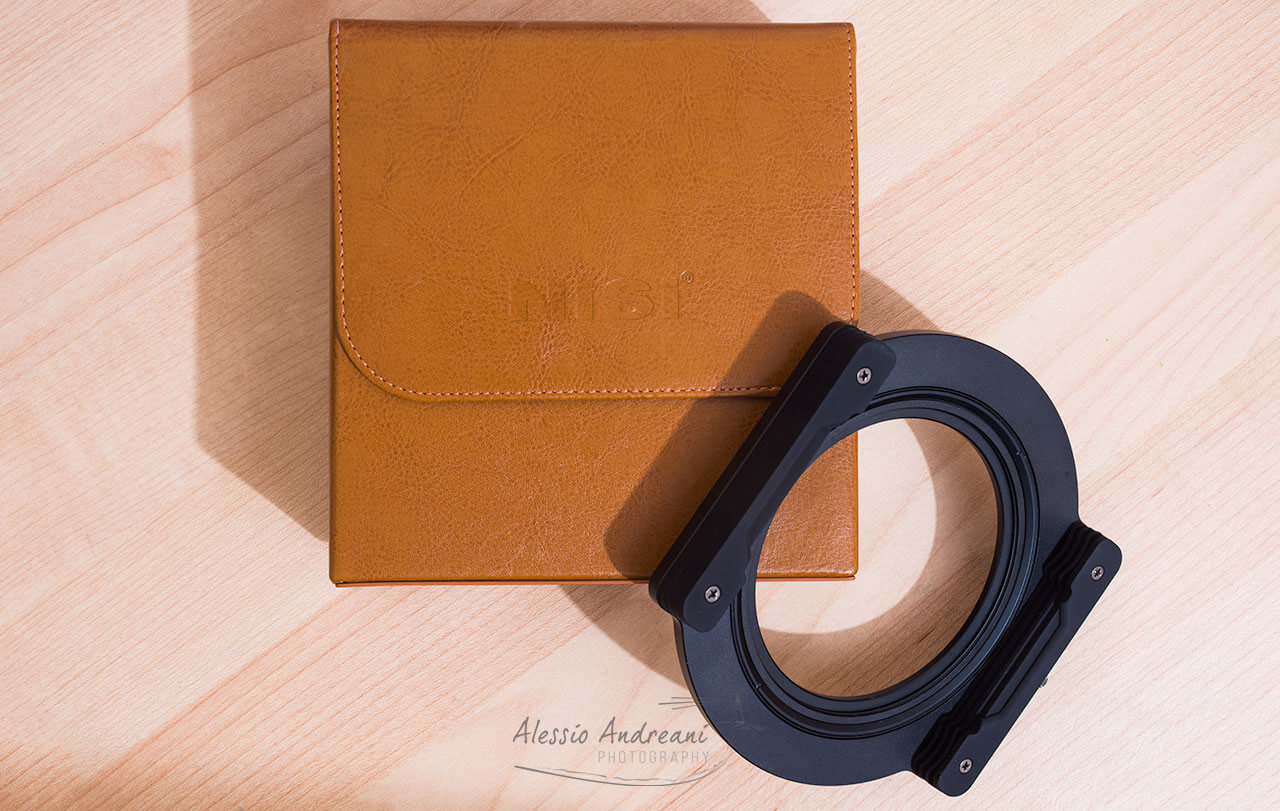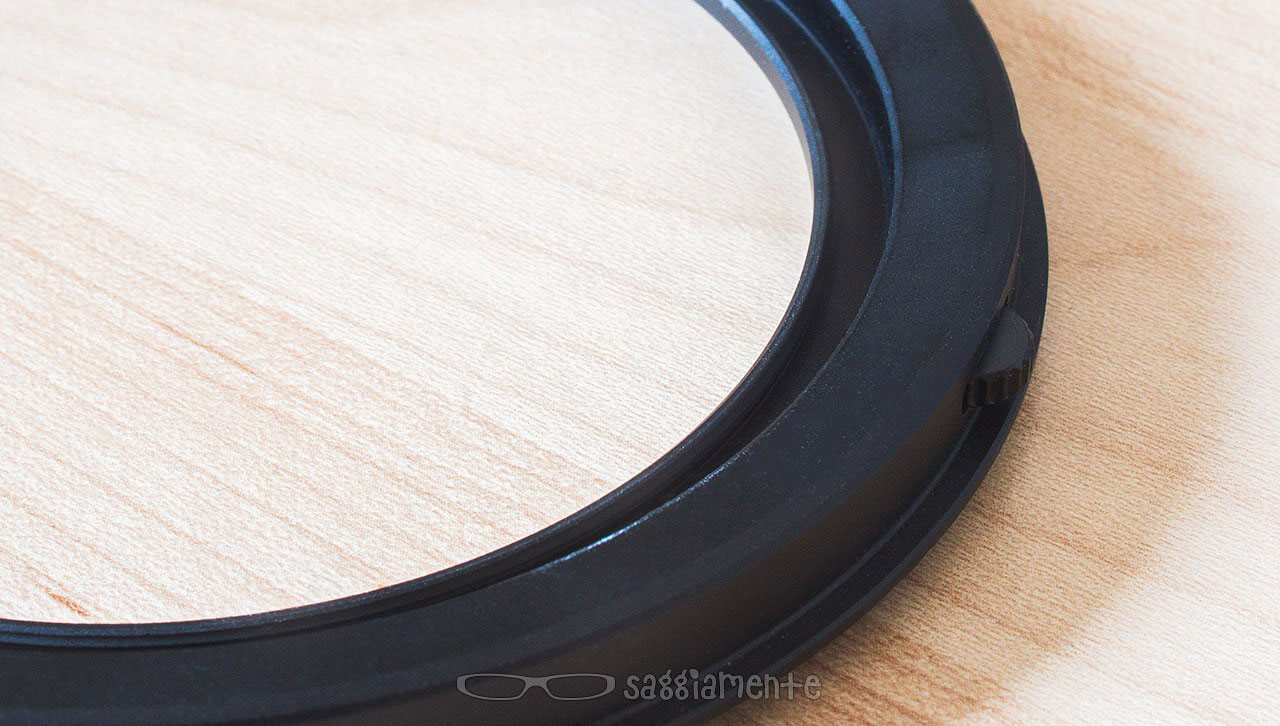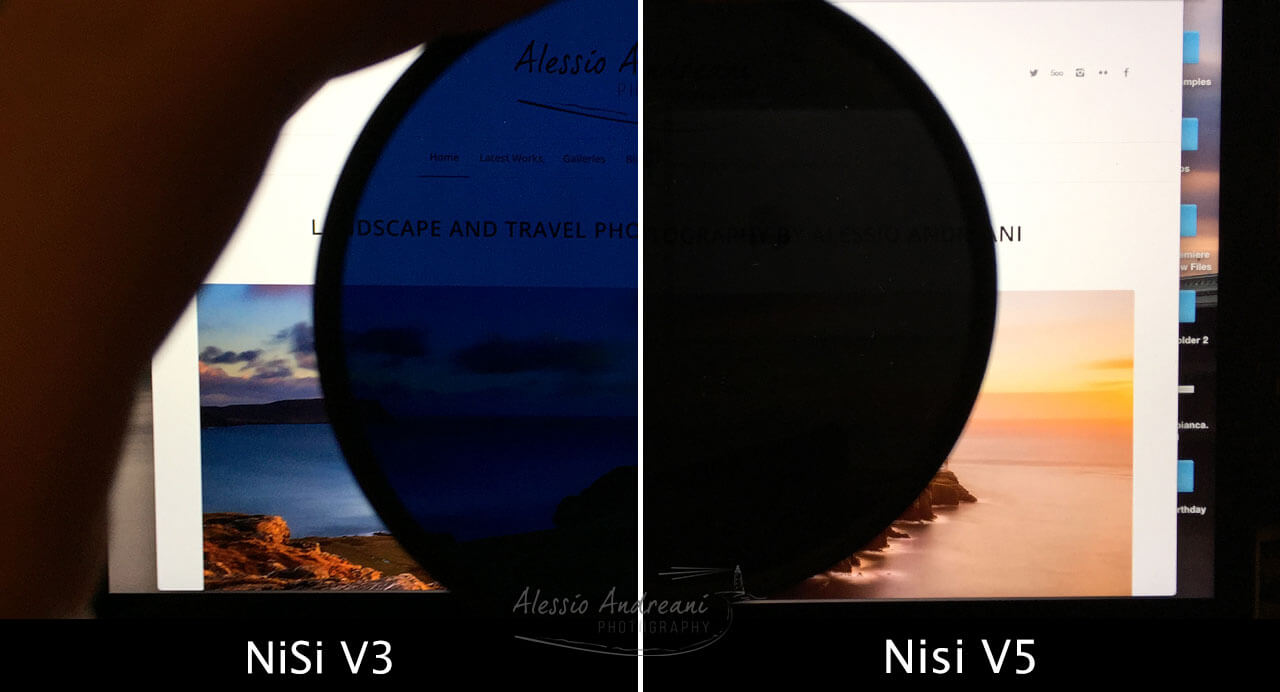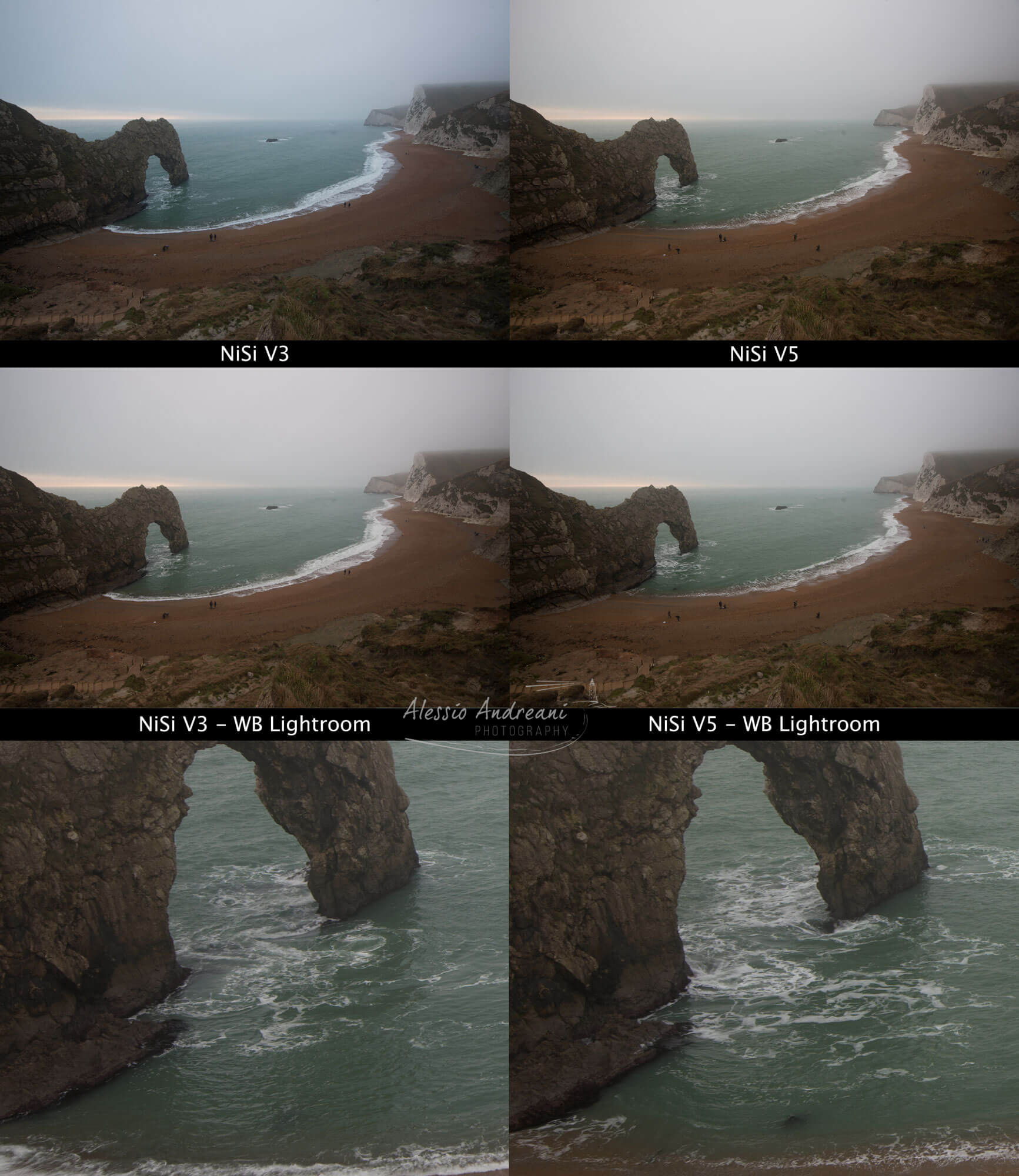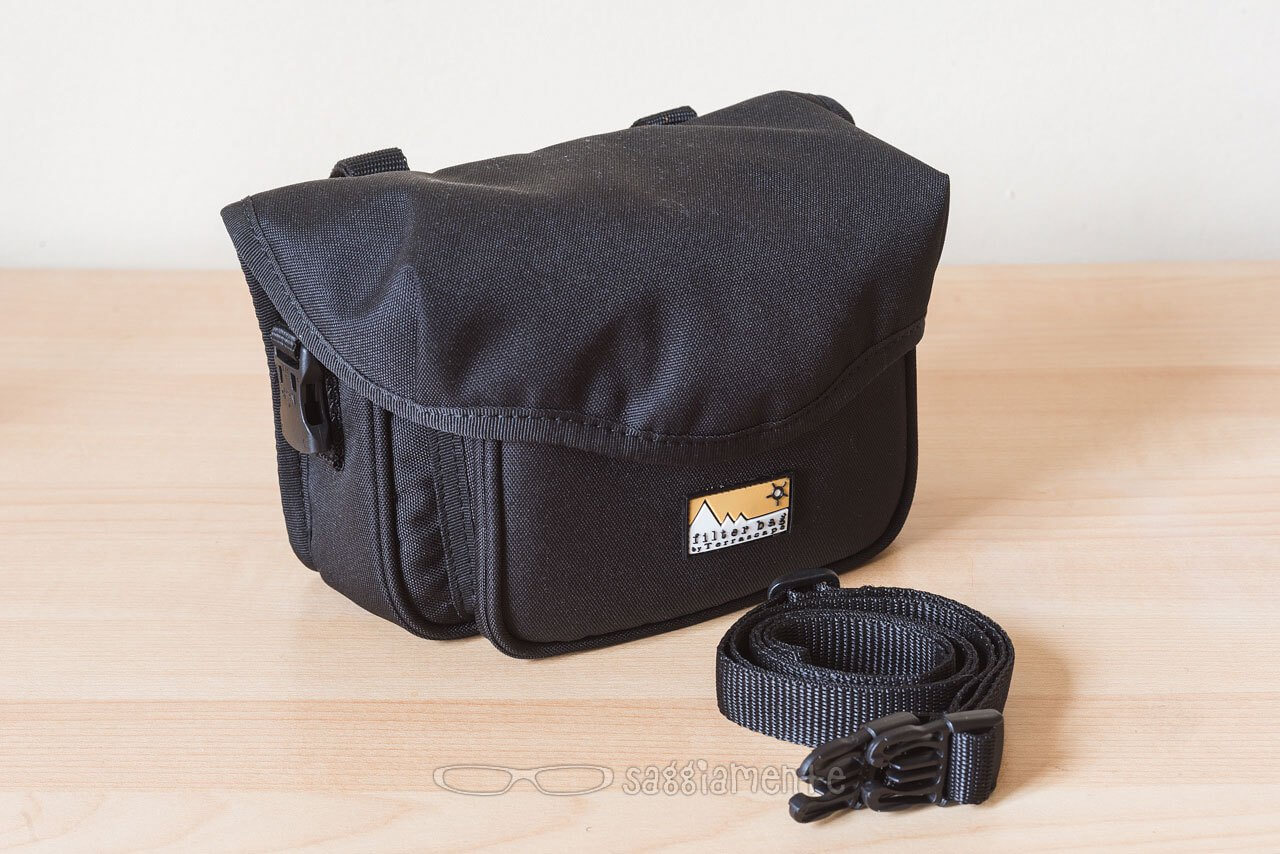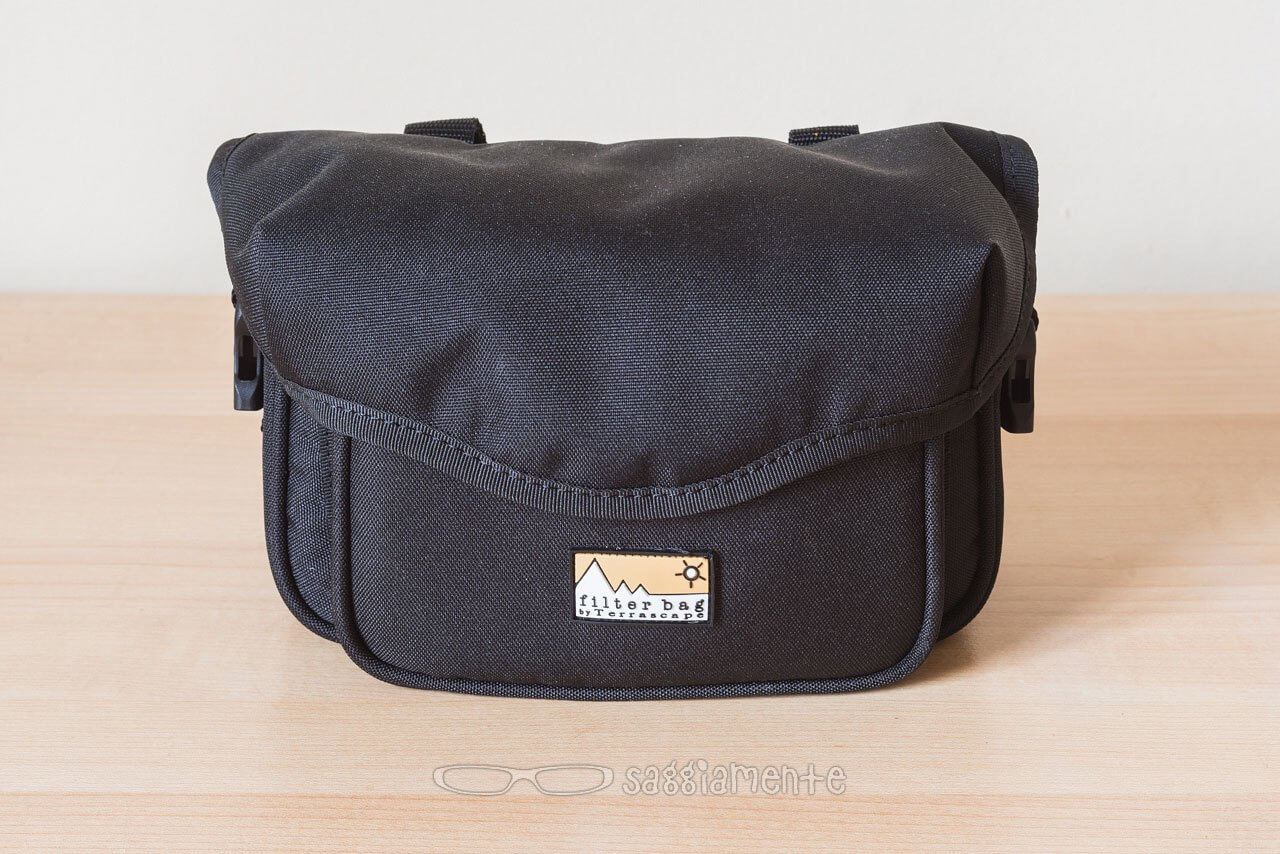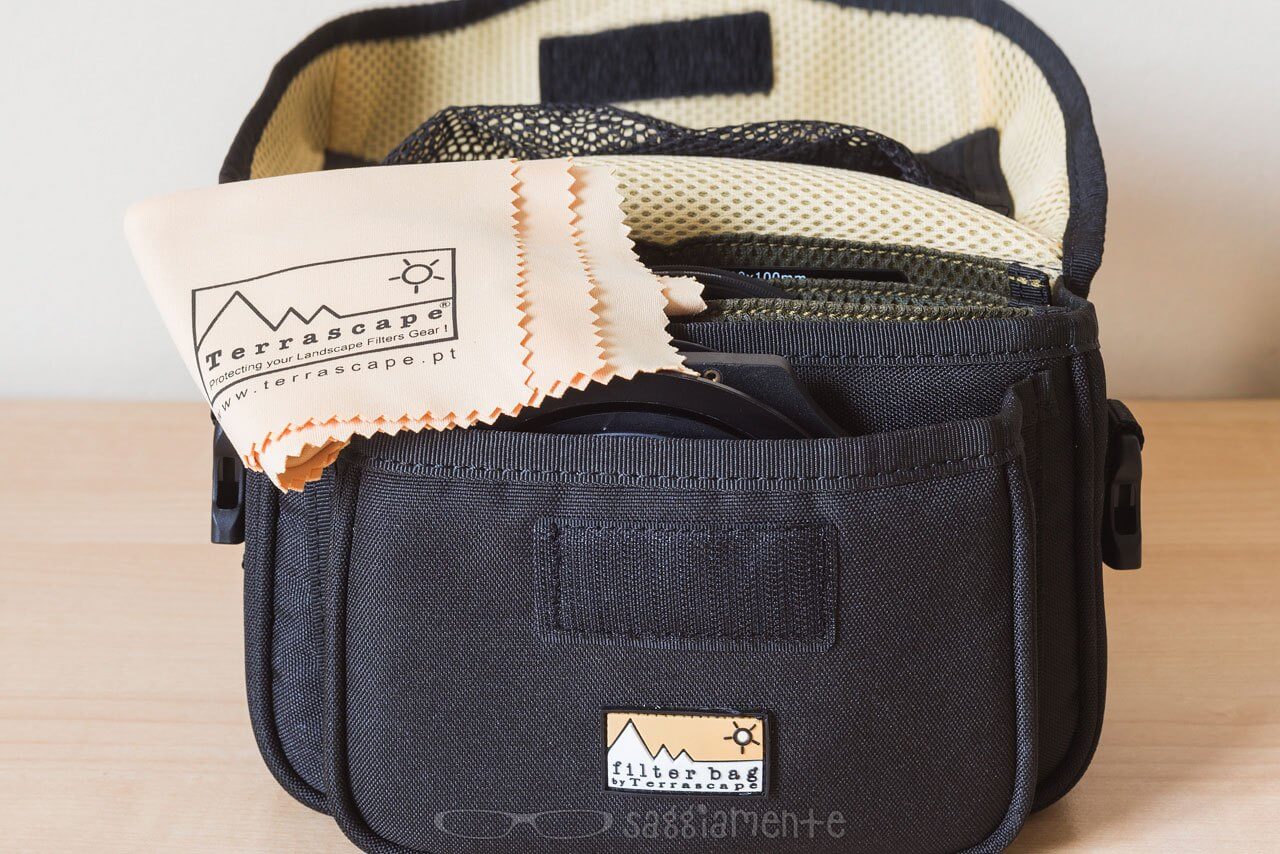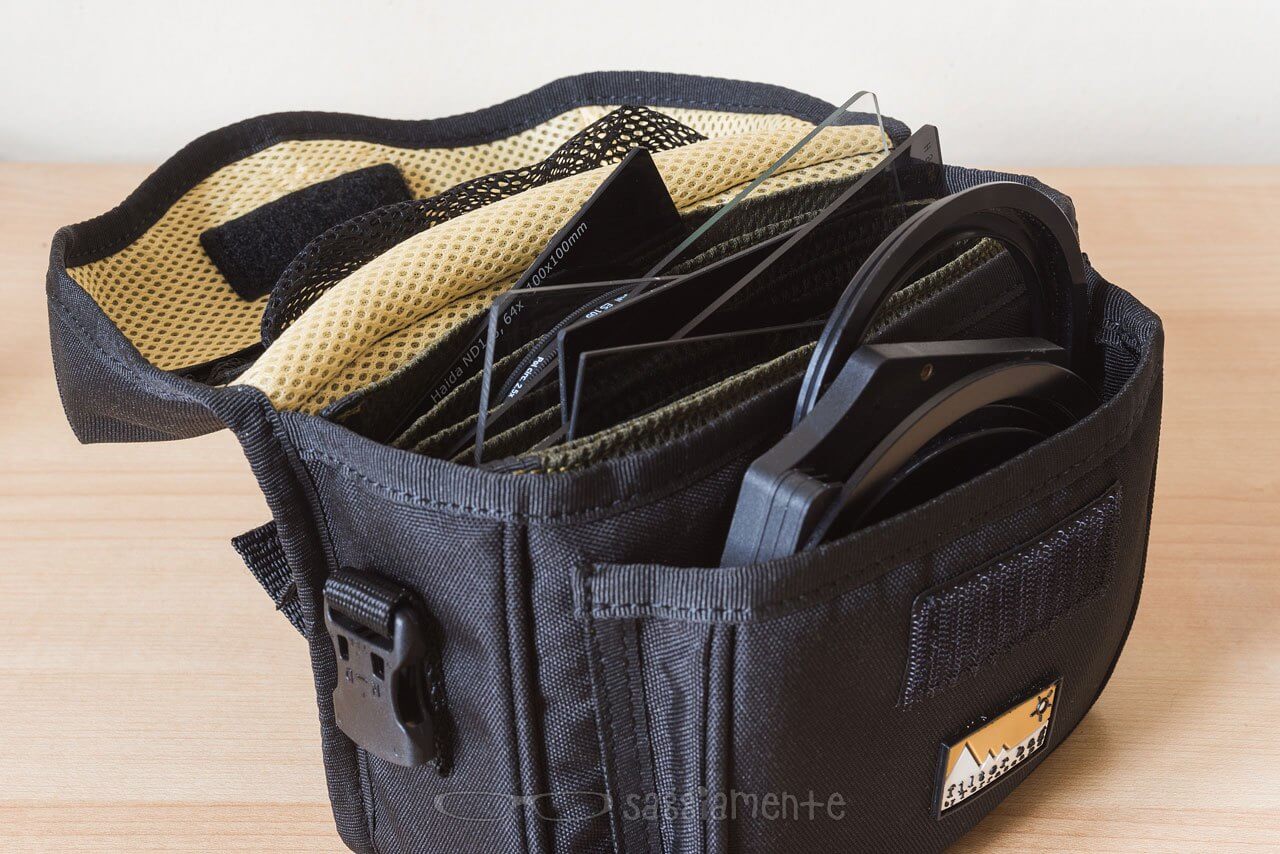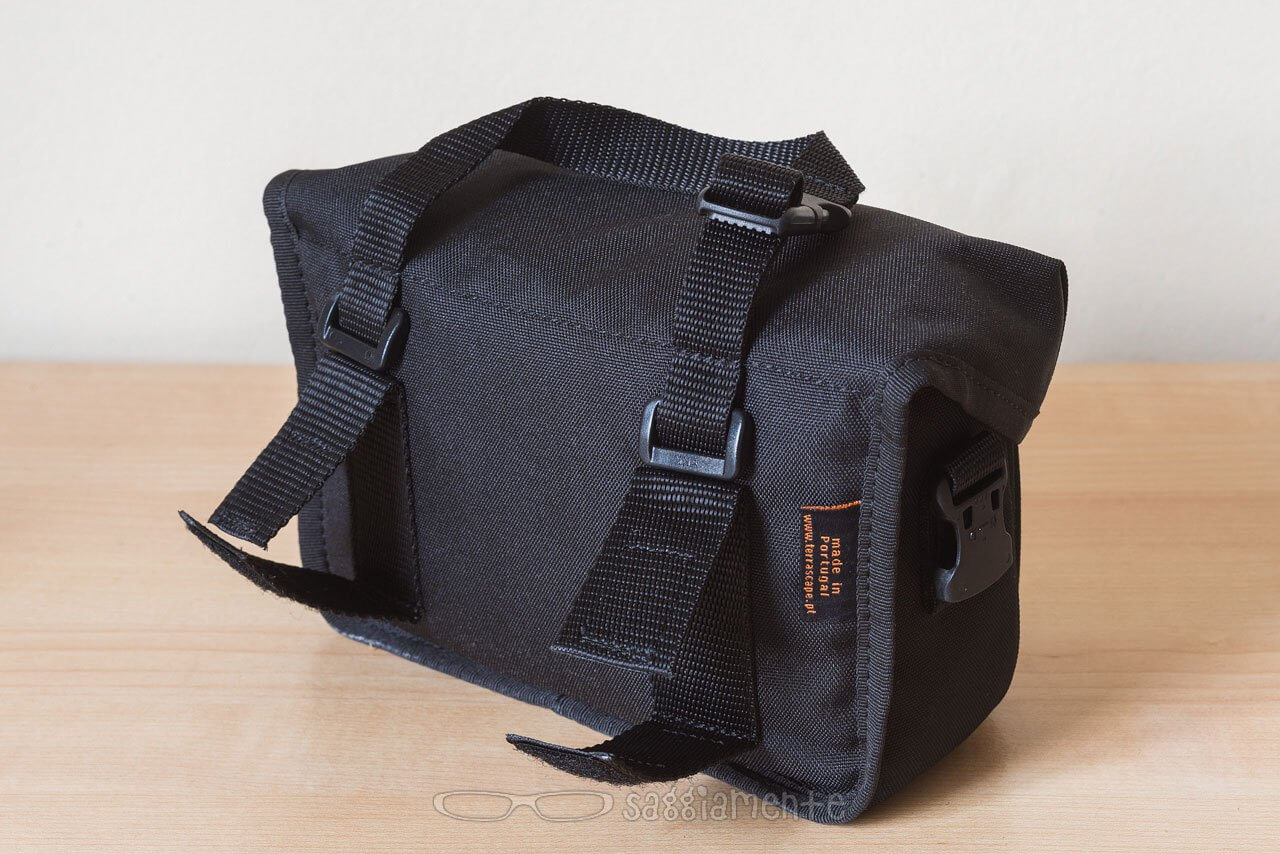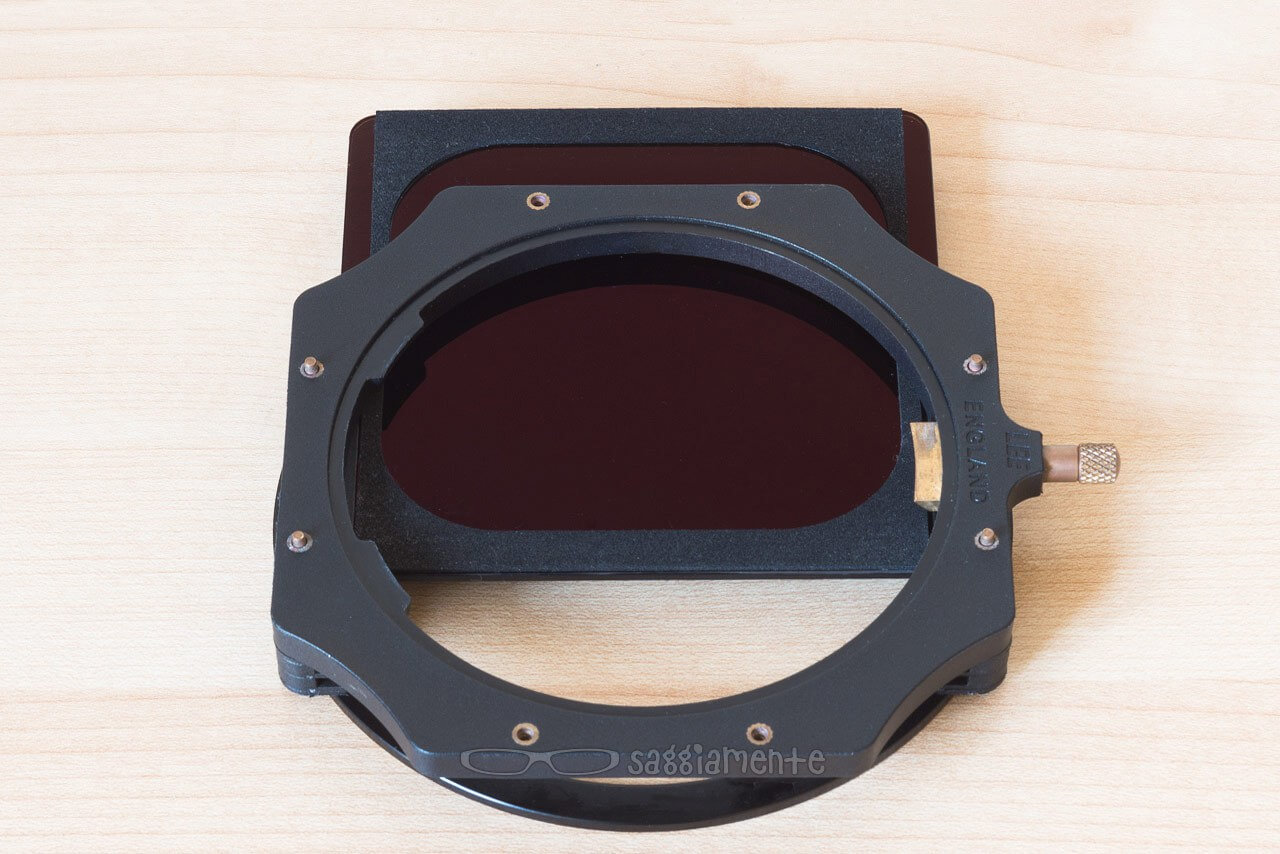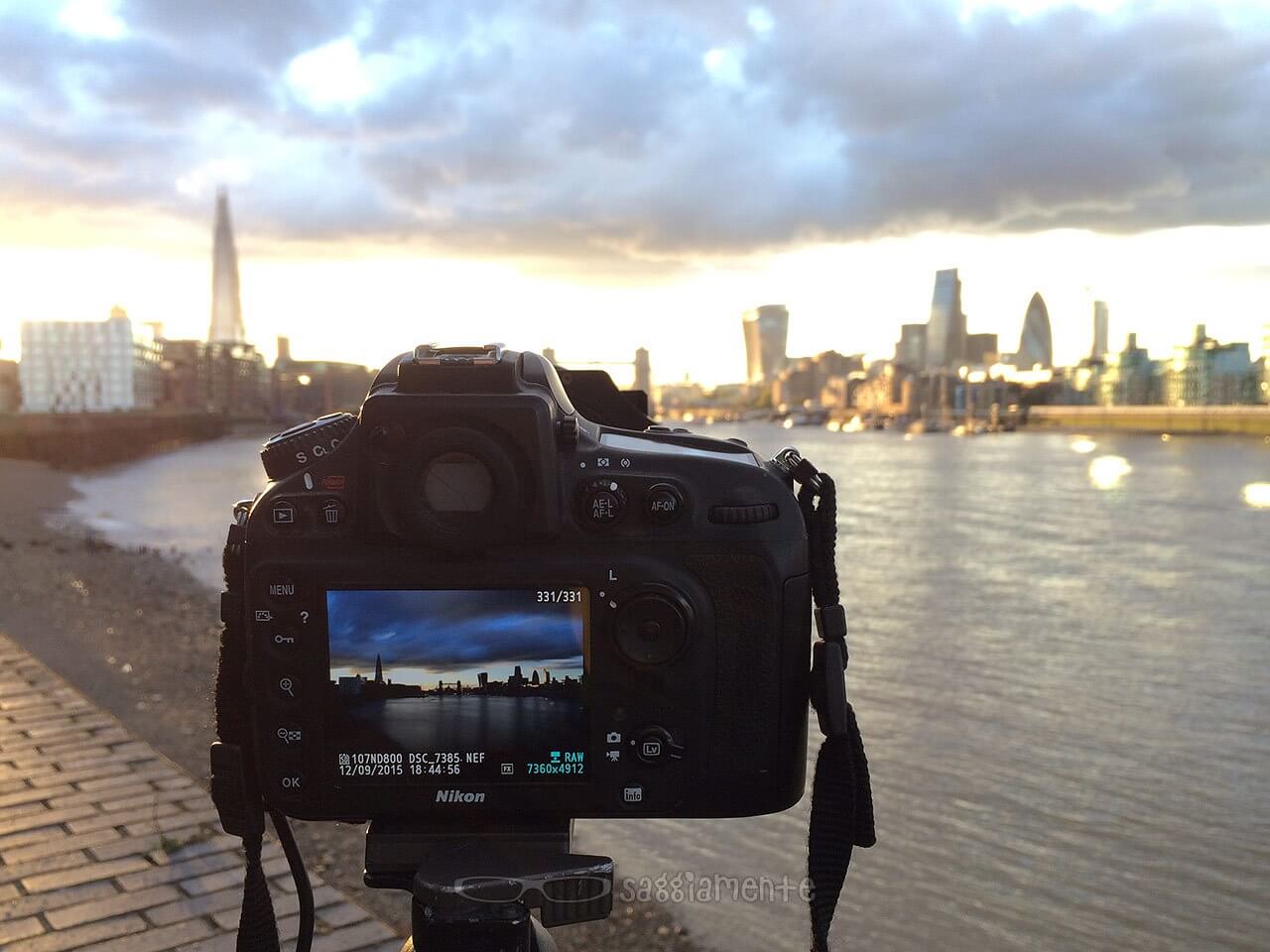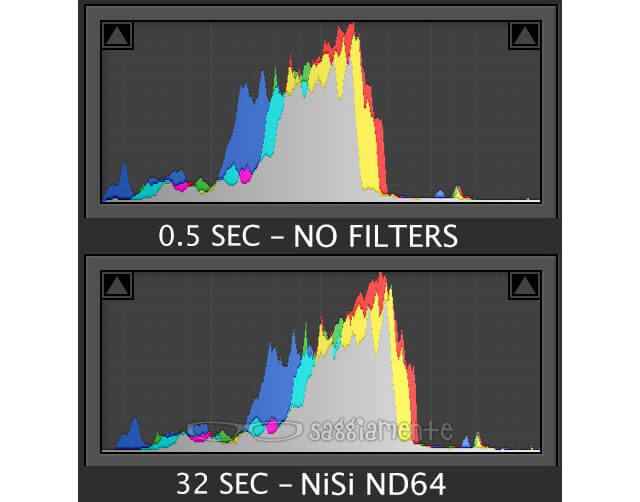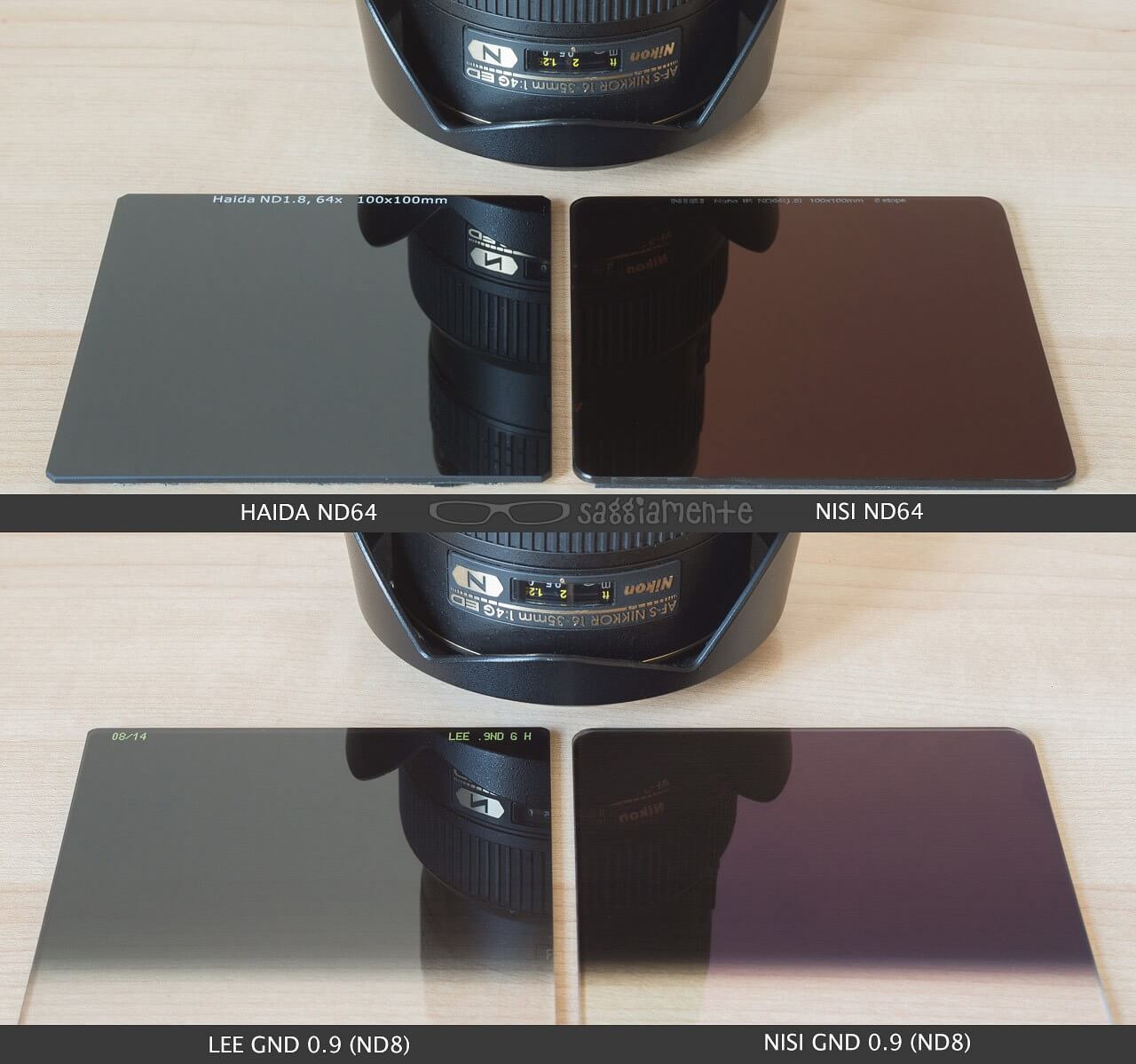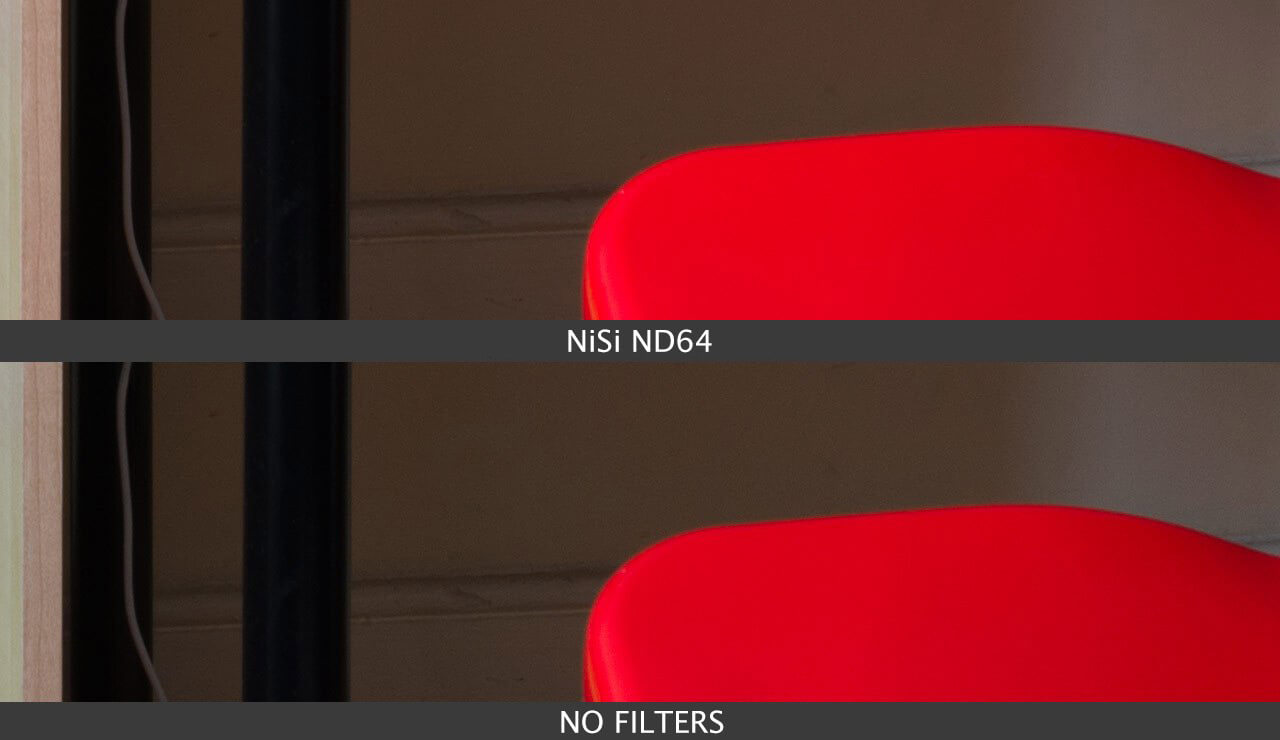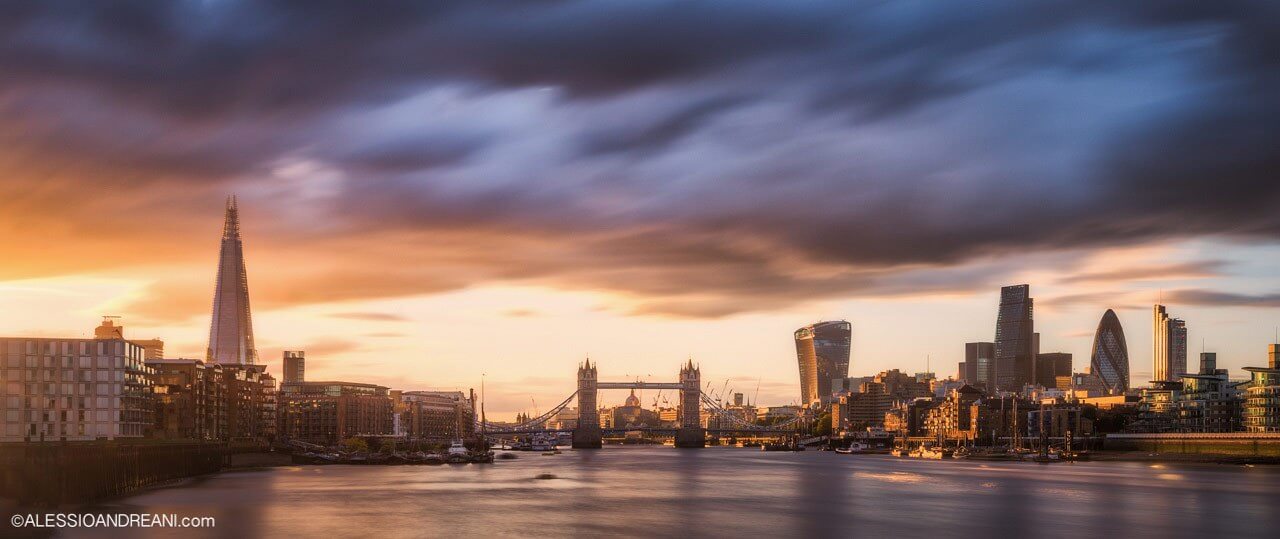For most photographer using a ND-Vario is by far the worst sin. But what are exactly the Variable ND?
Variable ND, short explanation
Long story short, variable ND are two polarizer that rotate one on top of another. This allows the photographer to rotate the filter at selected position in order to reduce the light of a certain amount. Basically, it creates a ND filter that absorb the wanted amount of light between a minimum and a maximum absorption. Today I’ll test the NiSi ND-VARIO Pro Nano 1.5-5 Stops Enhanced Variable ND.
NiSi ND-VARIO characteristics
As usual the attention for quality of NiSi is found on the ND Vario too, the glass is really high optical quality, Nano coating isn’t missing here, also the range of 1.5 to 5 stop is great for many application, photo and video. This range is not chosen randomly by NiSi, but eliminates the “x-cross effect”, a “infamous” problem of many variable ND.
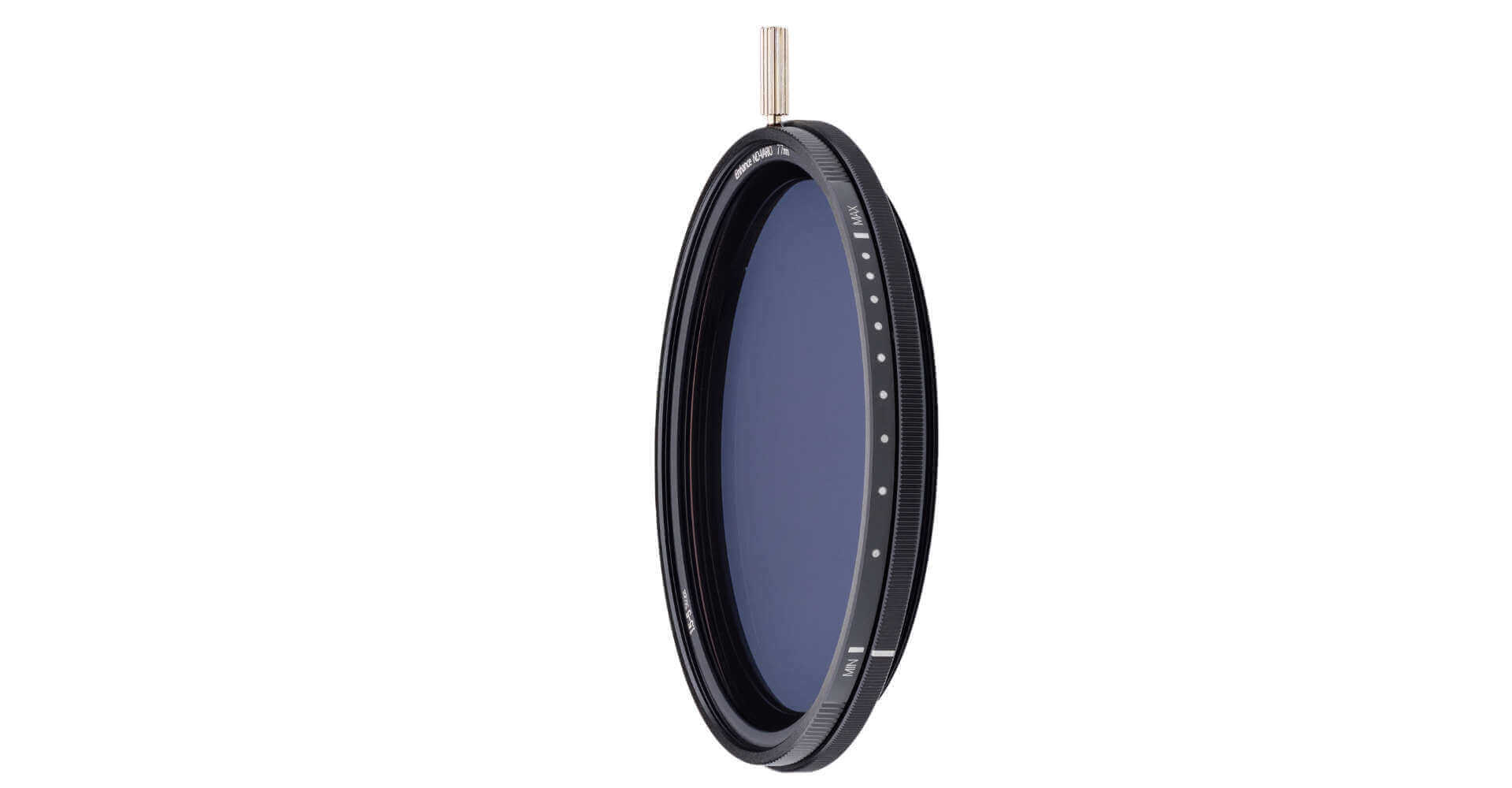
Also, the grip for rotation is great thanks to the handle (upper part of the picture above). This allow a really smooth transition perfect for videos.
Video example, testing NiSi ND-VARIO
Test 1 – Deep of field
I’ve tested the variable ND by NiSi on a typical usage for video. In this case I wanted to keep the pole in focus while the background is out of focus. But for doing that keeping the shutter speed I wanted (1/60s) I needed to adjust the light coming in thanks to the variable ND. Doing that, and testing the movement in real time didn’t show any problem with white balance, x-effect or visible loss of details. Amazing job here.
Also in this second example the variable ND did a great job helping with the balance of exposure without introducing any kind of aberration or color cast.
Test 2 – Exposure “framing”
With “exposure framing” I mean the ability to focus attention on a specific part of the frame without changing the composition. This effect can be achieved changing the f number, but if we want to keep control on deep of field the only solution is using a variable ND.
On the two example videos I’ve tried to switch focus from the foreground to the background, in the lighted area.
Also in backlight I didn’t found any flaws in the results, as you can see from the video below.
Conclusion
Overall the results are really great, and the Nano Coating really makes a great different when cleaning the filter. Any drop of water or grease (from fingerprints for example) are cleaned with no effort. Reflections are really well controlled and definitely there is no visible increase of internal reflections or flare. My consideration for video are of course valid for photography too, in any situation where you need to fine tune your exposure time this is the best variable filter you can get. I can’t give less than 5 stars since I didn’t find any problems using it.
Shop NiSi Variable ND filters on the official NiSi UK Store. You’ll find the Vario-ND 1.5-5 Stop and Vario-ND 5-9 Stop.


